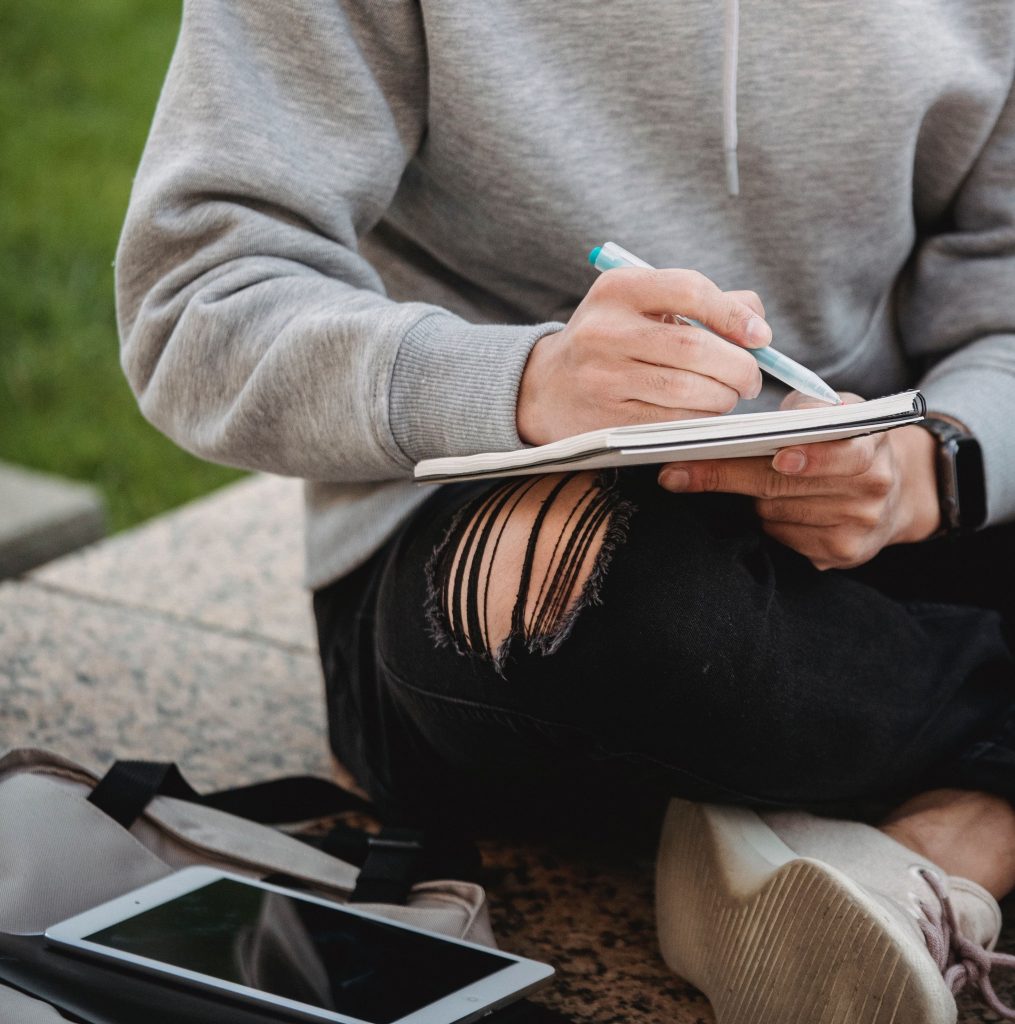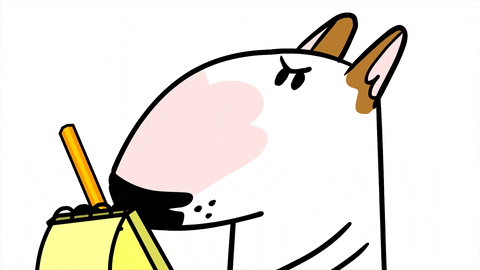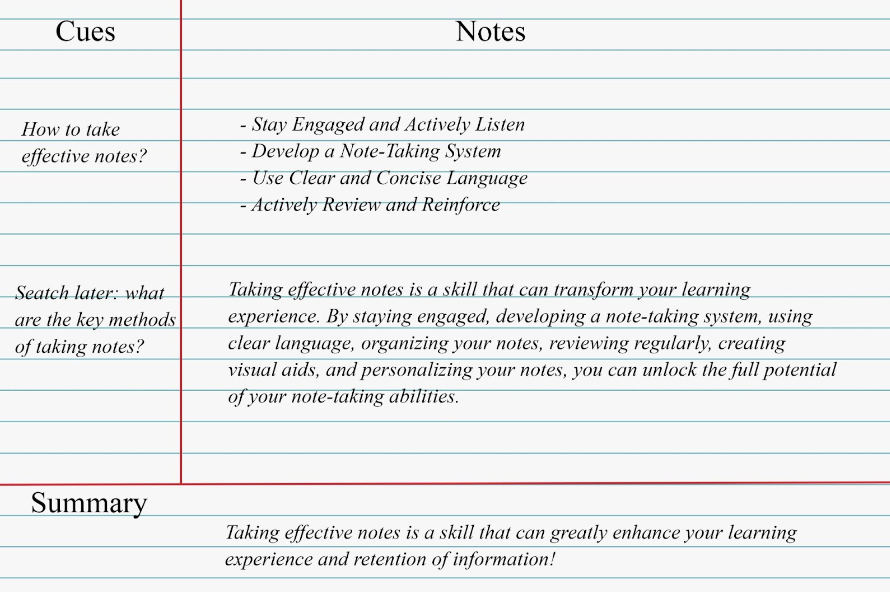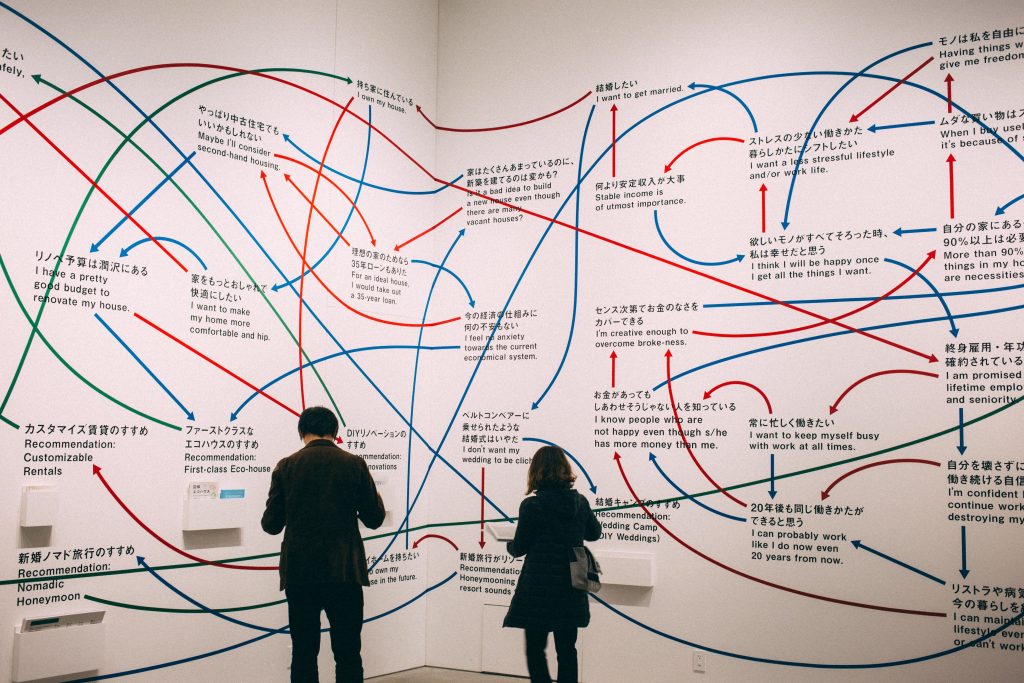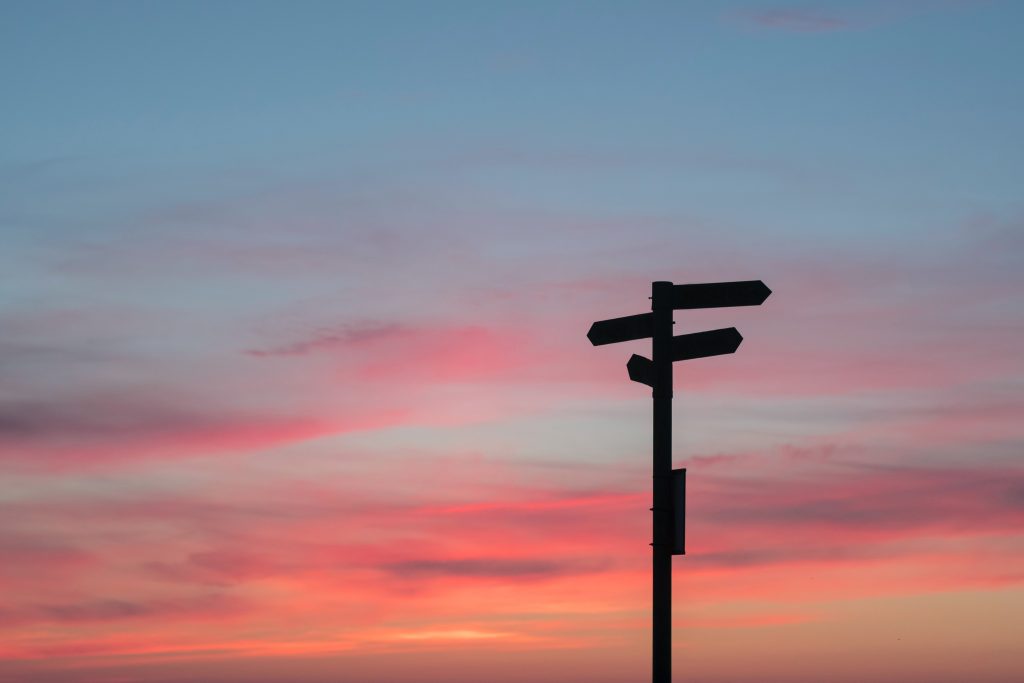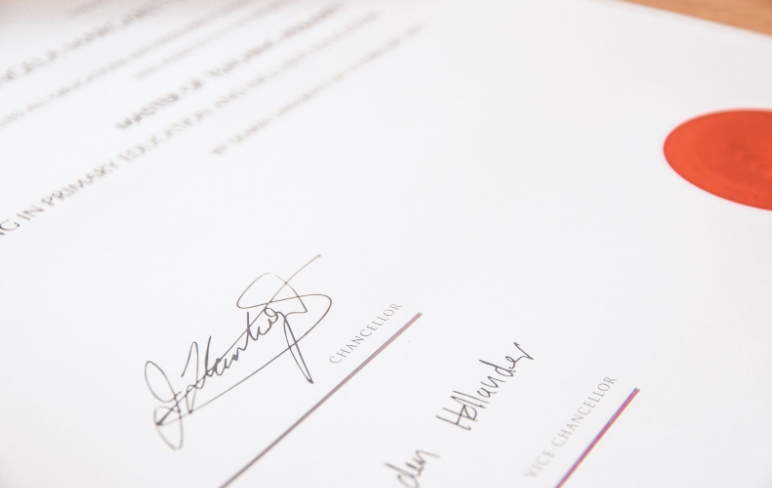Hey there to all the knights of note! It`s me again, excited to share a new topic with you. Chinese culture genuinely celebrates studying. I guess that part exists within me even after all these years in the United States. That part made me curious about forms of note-taking in the first place and guided me to better notes throughout my university years. As a recent graduate, I have quite a few tips for freshmen on how to take good notes and stay sane after a few hours of doing so.
Why Should I Take Better Notes to Study Effectively?
There are some obvious reasons why we take notes. Only a few are extending memory, making room for brain clarity, and diving deeper into the material. I want to highlight the one that is not discussed that much. Note-taking methods improved my self-reflection skills and developed meta-cognition. I got angry when taking notes in class at first seemed to be speedy Olympic games. Then I got curious about how to write notes rather than the snatches of phrases. I learned what was wrong and gradually improved my note-taking skills. Surprisingly, my grades and my self-esteem rose along the way.
Furthermore, different ways to take notes promote organization and structure, streamlining complex concepts into digestible knowledge nuggets.
We mold complexity into clarity with each pen stroke, developing simple notetaking tips into the knowledge database.
Wait, let`s stop here for a second. Have you ever thought about creating your personal second brain, with all the experience and knowledge you have, categorized and ready for you? Altogether, rather than grappling with overwhelming volumes of information, the best ways to take notes act as anchors, guiding us back to the essence of each concept.
The Development of My Note-Taking Method
In the United States, the academic culture is quite developed and romanticized. It was unsurprising for me, as the university lifestyle is a consistent topic of American pop culture even abroad. Note-taking here is almost a ritual for better grades and an aesthetical lifestyle, especially in “how to write notes” YouTube videos. Starting from my first university year, it fascinated me and drove a desire to become a part of the whole subculture of taking good notes. I tried quite a lot: a Cornell method, outlining, mind maps, and even going without any notes taken during class. But you know what? I understood those are only tools, like the pen you keep in your hand. The key to the note-taking system is in the mindset, not your notebook.
Audio Records and Transcribing: the worst you can do in a lecture
Let`s start with the basics! We all have our sins: everyone definitely tried at least once to hack the note-writing system and just record the professor. After such a class note or transcribing, the knowledge is an error 404. Page Not Found.
Note-taking methods are valuable because they declutter the mind and structurize the lecture. Taking effective notes means taking them once and then concentrating on recalling the information. But if you record or transcribe during class, you do the automatic job. Effective notes are the conscious ones! For that reason, the first one to five minutes when the professor presents the topic and the outline are the most crucial. Take good notes at the beginning, and then you are the king of the mountain all lecture along!
Hand-written notes only
Psychological studyies suggest that writing by hand can improve memory and recall. According to studies, writing down notes by hand with a pen and paper significantly increases the brain’s activity in regions related to understanding and memory.
Important to note that I grew up when technologies were not developed to the current extent. For me, there is something special about putting pen to paper and letting your thoughts flow. Whether it’s a scorching lecture or a cozy study session, note-taking by hand creates a connection that technology can’t replicate. So, here is a small disclaimer that here we will be the community of “old school taking notes”.
Taking Note as a Pro: My Personal Notetaking Tips
When I was in my first year of the university, it was the peak of the Sherlock Holmes series, with his famous Mind Palace technique. I thought, “Wow, I wish I could improve my note-taking skills to the next level, storing them right in my head!” However, the method was not as effective as on the screen, so I started diving deeper. The most important point in taking good notes is creating your personal system where each method aligns with a subject.
Some tips on the Cornell method
The Cornell method is the first one to find in the Google search for tricks about how to take notes. Of course, it was the first one I tried.
My advice: Cornell note-take works for cases where the content is coherent.
The method does not fit for taking notes on technical subjects where each line may present separate formula or concept. In this case, the questions on the left or any cues simply do not make sense or even help compare notes on two columns. The cues of any form, on the left or the right, are effective note-taking methods only if the student already knows most of the material. Otherwise, the left column repeats the complete content of the right one.
Taking notes in class with an outline method
Alright, let’s dive into the outline method of note-taking. Most simply, it may look like this: you should not pay attention to taking in every single phrase but instead empathize important points and their hierarchy. There are many ways to take notes in this style: bullet points, lists, icons, geometric forms, or any kind of structure imaginable.
Yet, there is also the tricky part.
Outline method teaches how to take notes in class but does not teach how to listen at that time.
When the topic is new, all lector`s words seem to be important points. I found out that the best way to take notes effectively here is to adjust to the structure of the topic. For history classes, effective notes may be in the form of an event timeline, and for mathematic formulas, it’s better to make excerpts classified by topics. Write notes about where the concept may be implemented for anything close to literature, ethics, sociology, or other humanitarian studies. Otherwise, the ideas you learn crowd in the mind and overwhelm the consciousness.
How to take lecture notes with provided slides
Okay, one of the best scenarios is when the professor gives students a lecture guide or PowerPoint presentation. I consider it as winning a lottery, but there are still some specific tips for taking notes more profoundly. The main issue in handling such lecture notes afterward is connecting the information from the slides with the data from other sources. At some point, I had to take effective records from several sources and thus “ctrl c,” “ctrl v,” all my notes anyway. In the same way, I could initially take good notes by hand.
Thus, if you consider the digital note-taking method, make sure to use online text transcribers to transform the notes taken in several slides into coherent Word document synopsis.
Still, not my style. My memory trusts my hands more than a keyboard.
Mind map and flow method help to take good notes
So, here we finally move to the best practices! These helped me set the right mindset rather than just mechanically taking note by note.
The secret to developing strong note-taking skills is to stop being a perfectionist about it.
I have seen my classmates doodling some beautiful designs to emphasize the term. They concentrated on how to write notes but failed to understand the topic. That`s why I like mind maps!
Mind mapping is not about note-taking tips but about creating the demonstrative version of your knowledge on paper.
In my first year, I treated information like a collection. I searched for the best way to take notes but rarely revised them. To catch information on a notebook meant to possess it. I believed that to take a note means to take it into my brain somehow. How far away from the truth! Mind mapping is good as the learner is more actively engaged in the process. I literally create the map of the part of my personality connected to knowledge. The best note-taking help I can give you is not to perceive the knowledge as the property of your professor. It is yours. Make it yours, and add your personality to your note-taking techniques.
Okay, folks, too much vague; I get it. Here are my examples. When taking notes on physics, I add excerpts from my favorite YouTube sci-pop channels. For geotechnical engineering, note writing and mind maps usually include pictures of soil and rock samples to remind me of the practical part of the profession. For chemical formulas, the flow note take helps the most as each topic differs both from the previous one and the following one. Here I just follow the subject and let it develop my “effective note-taking” separately for one particular lecture. Looks like complete chaos, right? That`s the point! Life is messy; knowledge is complicated; why should notes not be?
Top one piece of advice on taking notes in class
Find a personal method of working through the material, even thinking of note. Some people like when all the chapter reading is reachable, and some prefer preparing key messages to work with them. Some take notes simultaneously with the lector`s thoughts, and some let the professor present the whole picture first. If you have the lection material in advance, define a style that fits you best. Adjust to your professor’s style, topic, or mood, or try your favorite blogger’s most recent note-taking method. Explore and be a forever young folk!
How to Make Notes a Part of a Lifestyle
Okay, we are ready now for the most exciting part. As a recent graduate, I am not ready to relinquish the university aesthetic, lifestyle, and precious processes built through the years. A good note for me now is a form of meditation, my relaxation. However, having notetaking tips helping me in my study and work was a nice bonus.
Romanticized forms of note-taking, cozy blazers and polo shirts, and studying around the campus in the green zone are parts of life I want to stay in.
Finally, I still see the long journey ahead from note-taking strategies to creating a “second brain”. Throughout my education, I always preferred to take a note by hand and avoided digital technologies. However, with modern AI, voice assistants, and smart cloud bases, I have room to grow too in the best ways to take notes.
Conclusions
Let`s keep it simple: the best way to take notes is the one you have invented. Developing a few sustainable note-taking techniques is better than taking 10 lectures quickly and without consciousness. Keep the mind open, folks, the heart passionate, and the notes clean! Good luck with effective note-taking in your next lecture!
